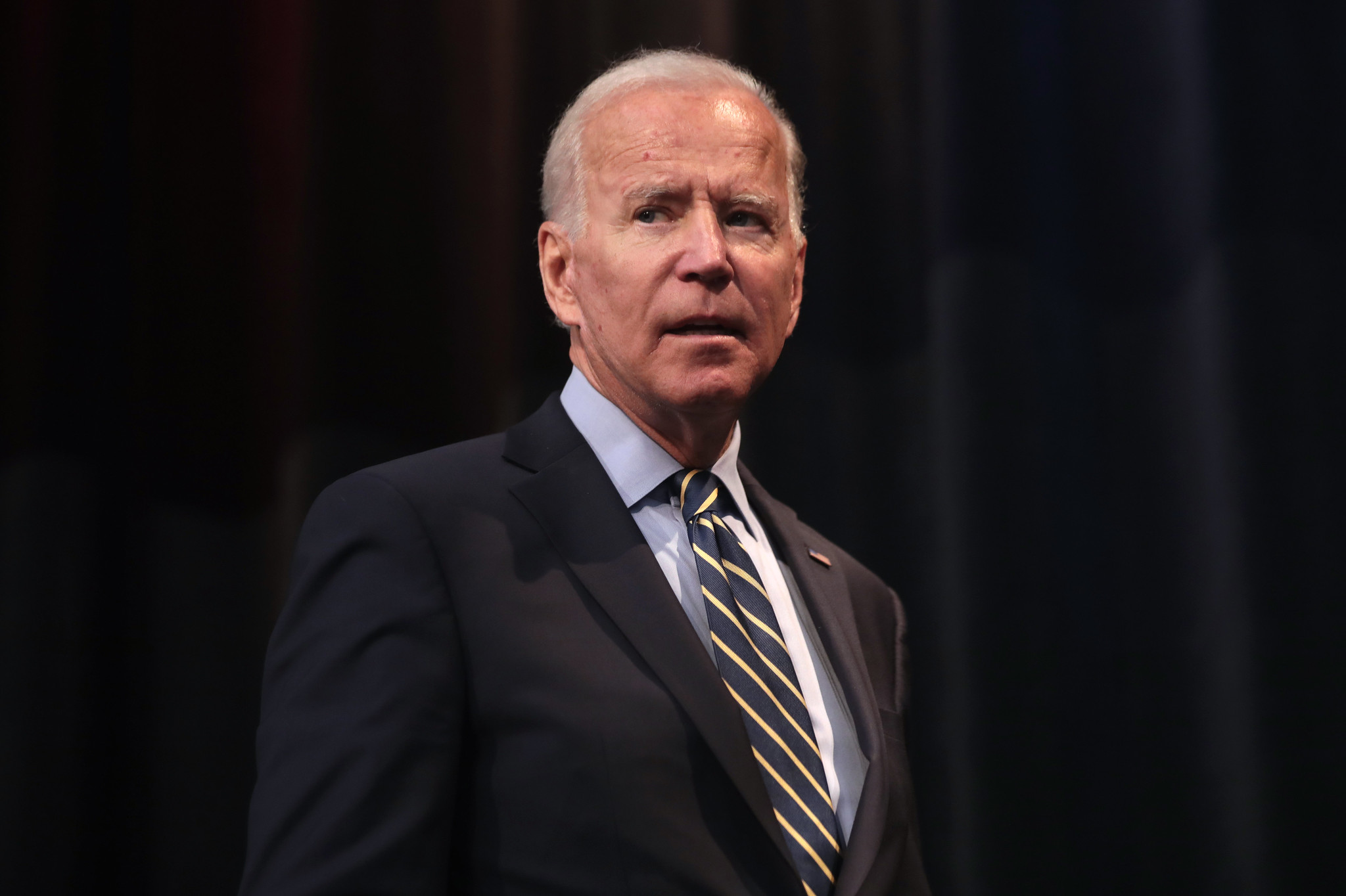Call it one final gift to the Democratic Party from President Joe Biden. Fresh off being scorned at the Democratic National Convention, the White House will be announcing that it has been fudging job numbers to the tune of roughly a million jobs.
The U.S. economy may not have been as strong as previously believed, with the federal government set to announce that job creation over the 12-month period ending in March 2023 was significantly lower than initially reported. The Bureau of Labor Statistics (BLS) is expected to reveal on Wednesday that the economy may have created up to a million fewer jobs than previously estimated, a revision that could have serious implications for Federal Reserve policy and market expectations.
The BLS’s upcoming revision, known as the preliminary benchmark revision, could indicate that the U.S. economy created between 600,000 and 1 million fewer jobs than originally reported, according to predictions by experts at Goldman Sachs and Wells Fargo, as cited by Bloomberg News. Economists at JPMorgan Chase foresee a less drastic but still notable downward adjustment of around 360,000 jobs. If the revision exceeds 501,000 jobs, it would be the largest such adjustment in 15 years, highlighting the potential scale of this recalibration. A downward revision of 1 million jobs would reduce the average monthly job creation from 242,000 to approximately 158,000, suggesting a labor market slowdown that may not have been as robust as previously portrayed, according to The New York Post.
This anticipated revision is expected to intensify scrutiny of the Federal Reserve’s upcoming decisions regarding interest rates. The Fed has maintained high benchmark interest rates in recent years to curb inflation while avoiding a recession. However, a significant reduction in job growth figures could challenge the central bank’s assertion that the labor market has remained strong enough to justify such tight monetary policy.
Wells Fargo economists Sarah House and Aubrey Woessner have noted that a substantial negative revision would imply that the strength of hiring was already fading before this past April, heightening concerns about the Fed’s dual mandate of balancing maximum employment with stable inflation. The revised data might bolster arguments from critics who believe the Fed delayed rate cuts too long, potentially increasing economic risks.
Traders and economists are eagerly awaiting comments from Fed Chair Jerome Powell at the Kansas City Fed’s Jackson Hole economic symposium later this week. Powell’s remarks will be closely analyzed for clues about the Fed’s next steps, including the likelihood of a rate cut in September. Current market sentiment, reflected by the CME Group’s FedWatch Tool, suggests a 75 percent probability of a 25-basis-point rate cut next month, with further cuts expected in the following years.
The market’s response to the anticipated job growth revision and recent economic data has been mixed. Earlier this month, U.S. stocks took a hit after the July jobs report revealed weaker-than-expected hiring and a rise in unemployment for the fourth consecutive month. Although the markets have since recovered, the potential for a major downward revision to job growth figures could reignite fears of a more severe economic downturn than the soft landing scenario that many had hoped for.
[Read More: New Congressional Report Says Biden Committed Impeachable Offenses]











More Lies
They only missed the real numbers by over ONE MILLION +++, which means probably more like 3 million.